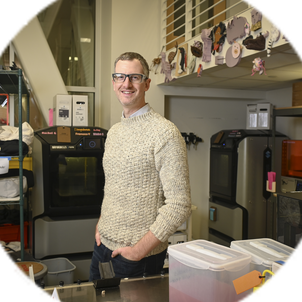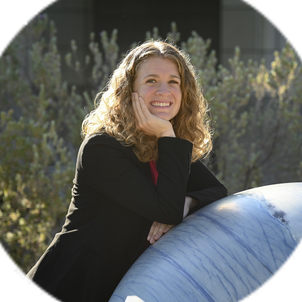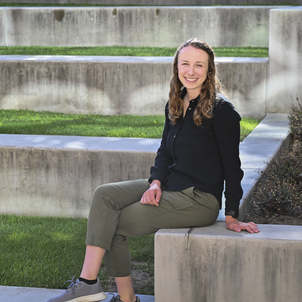In high school I took biology, physics, chemistry and mathematics, but there were no courses in engineering.
What eventually got me interested was when we began studying cells and the compartments within cells; seeing how smaller and smaller machineries do magical things to keep life going. Then I learned about the concept of genetic modification, and that humans have the ability to tweak biology. My mind was blown. That was the moment I fell in love with engineering biology.
After studying bioengineering and materials science as an undergraduate, I realized that to become an expert in these fields I had to further my studies, so I applied to the bioengineering PhD program at Stanford, which is an amazing place where different departments and schools cross-pollinate. While there, I enrolled in a program at Stanford Graduate School of Business focusing on innovation and entrepreneurship (now called Ignite). I was drawn to the idea of startups, and forming teams to create something impactful based on academic research. I learned that it takes a strong partnership between technology and business to translate great innovation into the world.
I work in venture capital now, investing in and supporting life science startups. In the life science industry, there’s something known as “The Valley of Death” – the space between where a product or technology has been taken as far as possible by the inventor, but before it’s of interest to large companies or the marketplace. This space is filled with a bustling ensemble of entrepreneurs, scientists, engineers and investors working together to bridge the gap. The synergy found at the intersection of engineering, academia and entrepreneurship has the power to tackle the most challenging problems of our time, including cancer, immune conditions, neurodegenerative diseases like Alzheimer’s and Parkinson’s disease, and infectious diseases like COVID-19. I love finding ways to build bridges between the lab and the marketplace to enable new solutions.
I’d tell anyone coming into engineering not to take what’s available today as an indicator of what will be available in the future. The beauty of engineering is that we’re always developing new tools that can be used to solve real-world problems. So explore – talk to as many kinds and flavors of engineers as possible and see what resonates with you, and continue pulling that thread.
Related spotlights

Dan Somen

Sonia Martin


